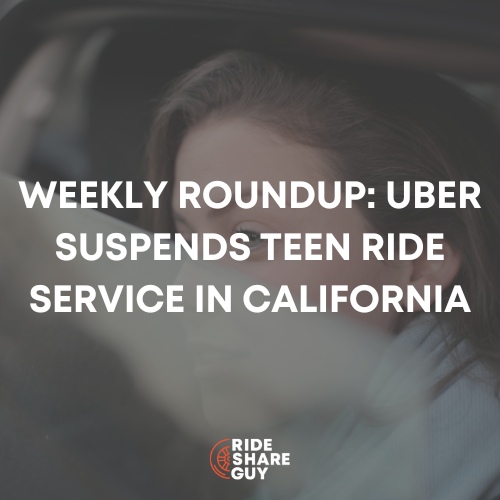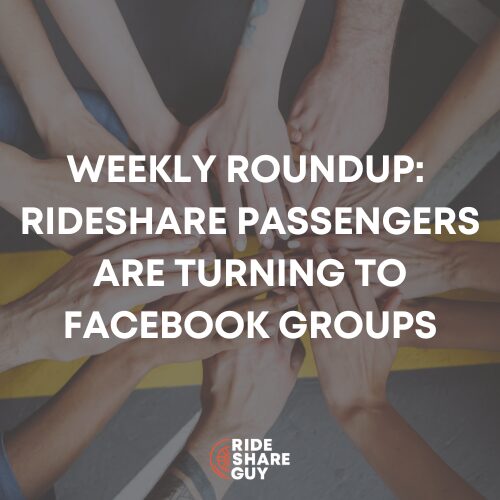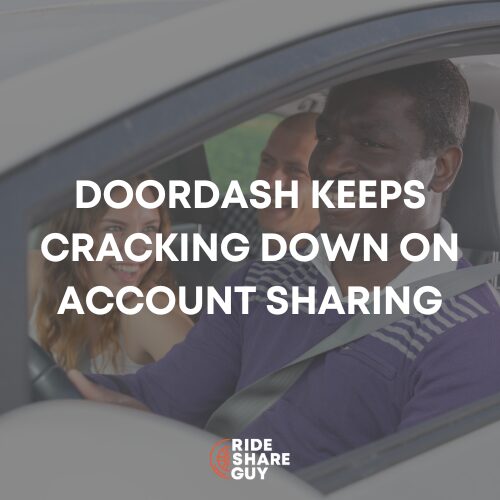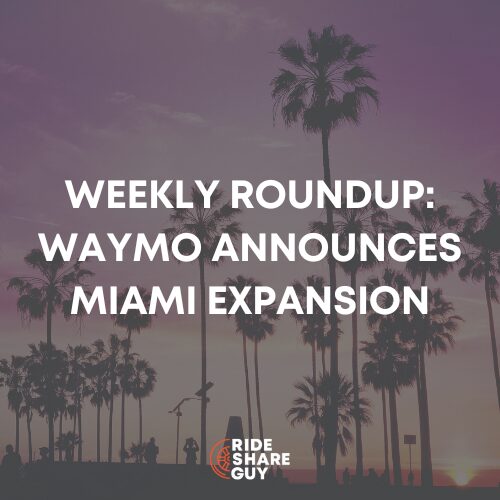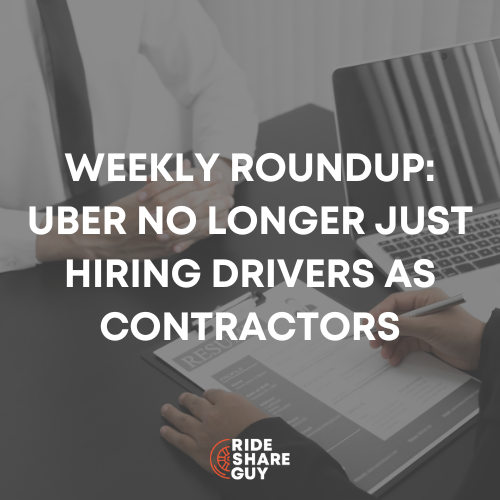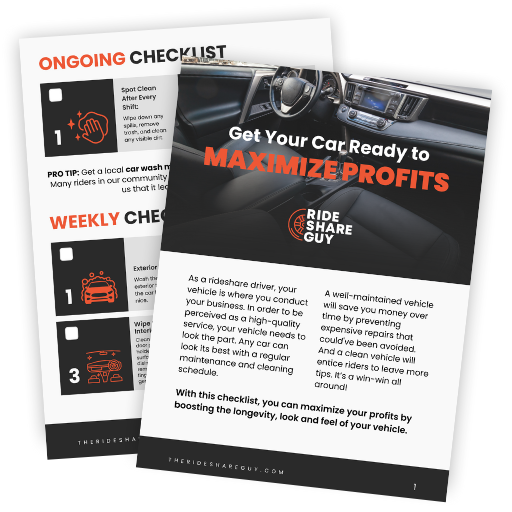California bill AB5 is really making rideshare companies nervous, but what does it all mean for drivers? Senior RSG contributor John Ince covers this story, plus Uber’s new drone delivery, in this week’s round up.
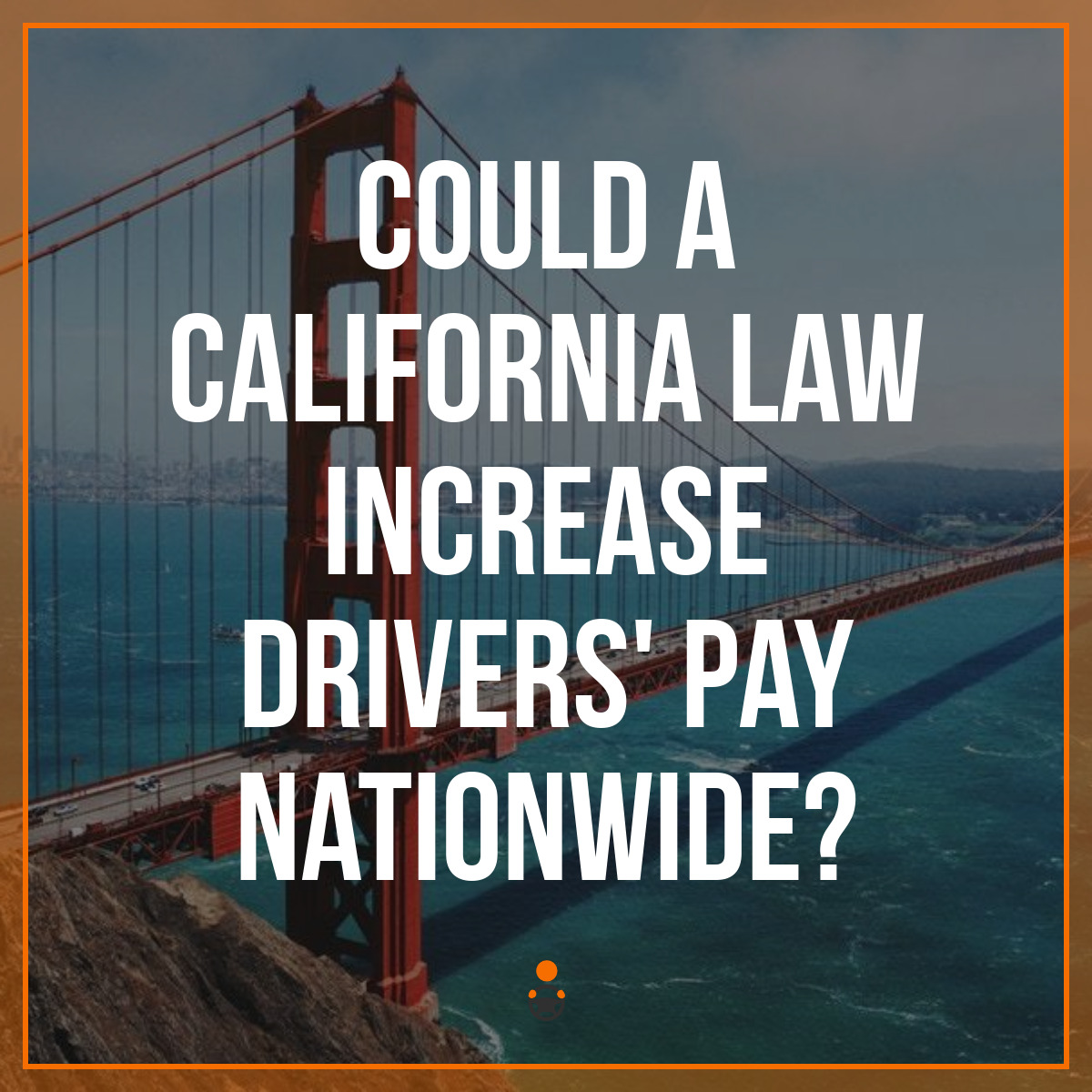
Uber and Lyft executives: We’ll raise wages if we can keep treating drivers as contractors [Los Angeles Times]
Sum and Substance: Faced with legislation in California that endangers their business model, Uber Technologies Inc. and Lyft Inc. are urging a compromise that would keep their drivers from being considered employees.
“We can make independent work better if we update century-old employment laws,” Uber Chief Executive Officer Dara Khosrowshahi and Lyft co-founders Logan Green and John Zimmer wrote in a rare joint opinion column published Wednesday in the San Francisco Chronicle. “Many drivers are offering ideas to improve their experience, and companies like ours have a responsibility to come to the table prepared to do our part.”
The executives’ public appeal follows months of private efforts by the ride-share giants and other companies to secure support from California’s governor, state lawmakers, and labor leaders for some deal to shield them from a sweeping 2018 state Supreme Court ruling that makes it difficult for firms to claim their workers aren’t employees.
My Take: Sorry guys: the op ed sounds good on the surface, but cutting through the doublespeak, offering drivers some indeterminate minimum wage doesn’t cut it. It only increases gross revenues. It doesn’t address the driver’s net income after gas, maintenance, insurance and all the other expenses you’ve dodged for years and want to continue dodging with this “compromise.”
It’s time to get real. Drivers deserve more than what these companies have been giving them. The companies are rich now. Time to think differently – give the drivers enough so they have dignity and economic security. Hey, and here’s a thought: start pricing the service you offer at or above its true cost.
Uber will start testing Eats drone delivery [Techcrunch]
Sum and Substance: SAN FRANCISCO — Uber is gearing up to start testing drone delivery for Uber Eats in dense urban environments. This comes after the Federal Aviation Administration awarded Uber and San Diego, Calif. the right to test commercial food delivery via drone. This comes shortly after Amazon announced it would begin drone deliveries “within months.”
Uber completed the initial phase of testing at San Diego State University in partnership with McDonald’s. Later this year, Uber plans to include others Eats restaurant partners.
But Uber isn’t using drones for the full delivery, just a part of it. Once a customer orders food, the restaurant will prepare the meal and then load it onto a drone. That drone will then take off, fly and land at a pre-determined drop-off location. Behind the scenes, Uber’s Elevate Cloud Systems will track and guide the drone, as well as notify an Eats delivery driver when and where to pick up their food. Down the road, Uber envisions landing the drones on top of parked Uber vehicles located near the delivery locations. From there, the Eats delivery driver will complete the last mile to hand-deliver the food to the customer.
My Take: Talk about solving a problem that doesn’t exist. I’m just not aware of a crying need in our society for this. How hard is it to walk a few blocks to pick up a take out order, or visit the neighborhood supermarket? All this fierce competition in food delivery baffles me – and now that they’re talking drone delivery, I’m bewildered.
Has anybody seen profit and loss figures for these food delivery companies, not sales figures, but profits? Uber has demonstrated their ability to drive growth by pricing (see above article) a service below cost, but they haven’t demonstrated any inclination to profitability – and this drone food delivery seems to be taking them in the opposite direction from where they need to go.
Can Uber Ever Be Profitable [Forbes]
Sum and Substance: This is the first of a four-part series on Uber’s past and future. Today’s article focuses on identifying the root causes of Uber’s deep losses to date.
- Why Uber May Never Be Profitable — June 2, 2019
- Are There Quick Fixes To Improve Uber’s Profitability? – June 3, 2019
- What Else Can Uber Do In The Short- To Medium-Term To Reverse Its Steep Losses? – June 4, 2019
- Can Uber Ever Deliver The Transformative, Profitable Future That Its CEO Has Promised? – June 5, 2019
To fill the company’s void on future guidance, this column addresses the first of four questions Uber should have answered prior to its broken IPO.
- What are the root causes of the Uber’s deep losses to date?
- Are there quick fixes to improve Uber’s profitability?
- What can Uber do in the short- to medium-term to reverse its steep losses?
- How and when can Uber deliver the transformative, profitable future that its CEO has promised?
My Take: Here it is – everything you need to know about Uber and Lyft. The series is a bit wonkish, but there’s a wealth of information here.
It’s a mandatory read if you’re an investor or prospective investor. By the way, as of this writing, Uber’s stock price has now climbed above its IPO price for the first time. Apparently many investors have not read this series – or at least choose to ignore it.
RIDESHARING: SHOULD I DITCH MY CAR? [World Travel with Miles and Points]
Sum and Substance: Is ridesharing here to stay? Yes, I believe so. However, I have one other nagging question in my mind these days: can I ditch my car and I rely solely on Uber or Lyft?
My first attempt to use Uber in lieu of my personal car was in 2017. At the time, Uber offered me a Ride Pass for 28 days. That’s when I got to experience some of the benefits, both tangible and non-quantifiable savings. However, Uber never offered this pass in Phoenix again. Or maybe Uber just decided not to invite me anymore.
Editor’s Note: Have you ever thought of ditching your car and using rideshare exclusively? This author did and goes beyond the question to answer how, why and what to consider before you decide to go all in (sell your car and only use rideshare). He shares an interesting calculator here, too, to determine whether you should ride(share) or drive your own car. What results do you get?
Readers, what do you think of this week’s round up?
-John @ RSG
